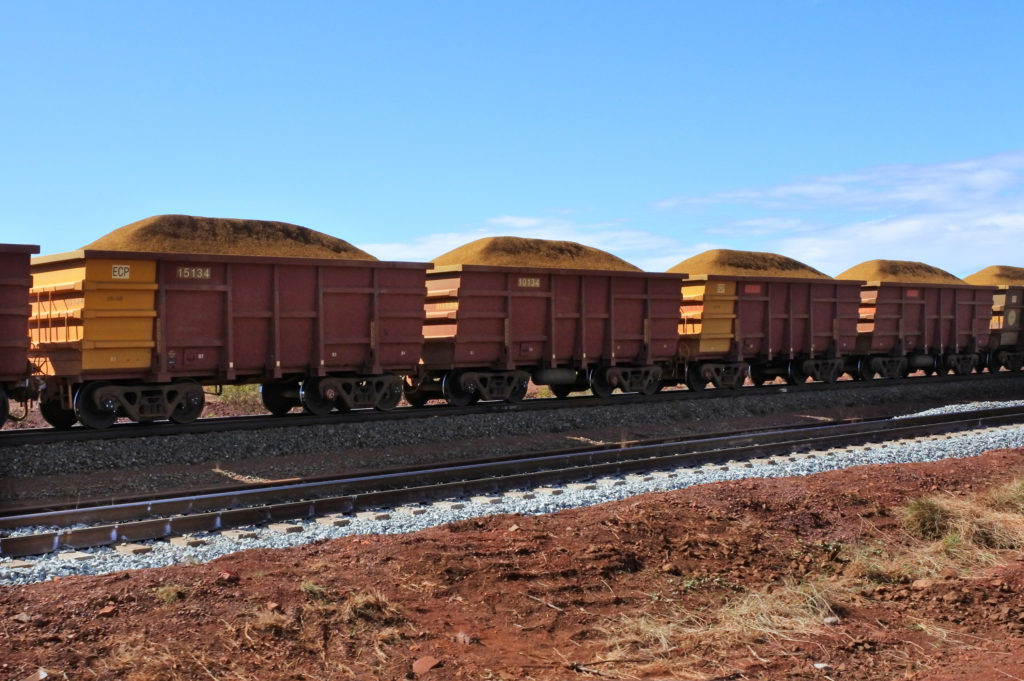
Global mining giant Rio Tinto on Tuesday posted second-quarter iron ore shipments below analyst estimates, reflecting impacts to production from a train derailment in mid-May.
The world’s largest producer of iron ore shipped 80.3 million tons (Mt) of the steel-making commodity from its Pilbara operations in the three months ended June 30, which though missed Visible Alpha consensus estimate of 82.1 Mt, was 3% higher compared to 78 Mt in the first quarter.
Rio had in May said that a train had derailed at its Western Australia iron ore operations which had then led to around six days of lost rail capacity.
The firm’s report comes as hopes for more stimulus from China has helped iron ore prices rebound recently after weak construction sector demand from the country led to a dull first half.
“The (Chinese) government has provided additional measures for the property market to destock the large inventory overhang,” Rio said on Tuesday.
Signalling weak domestic demand, China’s steel exports in the first half of the year jumped 24% from a year earlier, pointing to a faltering construction sector, which is a heavy user of the metal.
Jefferies analysts do not expect Chinese steel exports to remain at multi-year highs. However, they see Chinese steel production to continue to remain resilient, which could bode well for the iron ore miner’s shipments and production in the upcoming quarters.
Rio Tinto reaffirmed its annual iron ore shipments forecast of between 323 and 338 Mt.
Rio said economic conditions in China, the top consumer of iron ore, are still being supported by a recovery in manufacturing operations.
Rio flagged possible delays at its greater Nammuldi project, part of its next tranche of mine replacements.
Mined copper production on a consolidated basis for the quarter came in at 171 thousand tons (Kt), a 10% jump compared to the previous quarter as the miner continued to ramp up operations at its Oyu Tolgoi underground mine in Mongolia.
The company, however, lowered its annual alumina production estimates to a range of 7.0-7.3 Mt from 7.6-7.9 Mt, reflecting reduced operation rates at its Gladstone operations.
(By Rishav Chatterjee and Shivangi Lahiri; Editing by Maju Samuel)
Comments